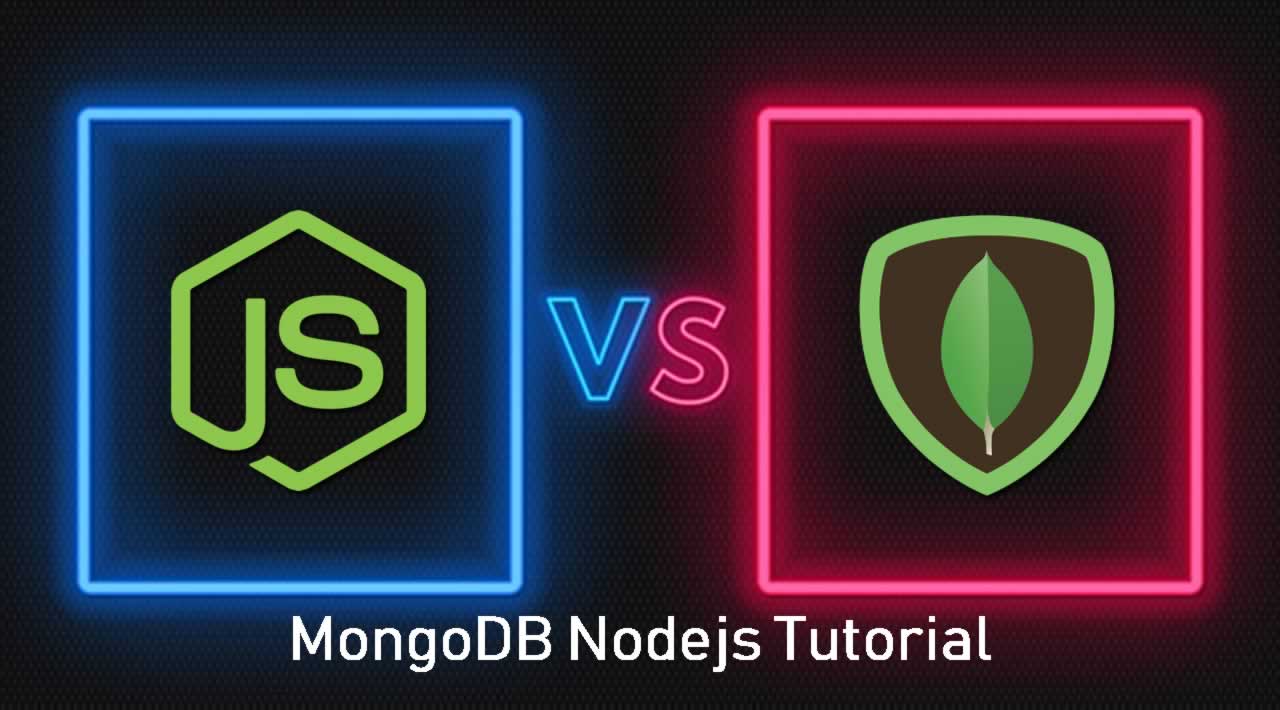

IN NO EVENT SHALL THE AUTHORS OR COPYRIGHT HOLDERS BE LIABLE FOR ANY CLAIM, DAMAGES OR OTHER LIABILITY, WHETHER IN AN ACTION OF CONTRACT, TORT OR OTHERWISE, ARISING FROM, OUT OF OR IN CONNECTION WITH THE SOFTWARE OR THE USE OR OTHER DEALINGS IN THE SOFTWARE. THE SOFTWARE IS PROVIDED "AS IS", WITHOUT WARRANTY OF ANY KIND, EXPRESS OR IMPLIED, INCLUDING BUT NOT LIMITED TO THE WARRANTIES OF MERCHANTABILITY, FITNESS FOR A PARTICULAR PURPOSE AND NONINFRINGEMENT. The above copyright notice and this permission notice shall be included in all copies or substantial portions of the Software. The file is located inside the epub folderĬopyright (C) 2014 (mailto: is hereby granted, free of charge, to any person obtaining a copy of this software and associated documentation files (the "Software"), to deal in the Software without restriction, including without limitation the rights to use, copy, modify, merge, publish, distribute, sublicense, and/or sell copies of the Software, and to permit persons to whom the Software is furnished to do so, subject to the following conditions:

#Nodejs document how to
Of course the whole creation and conversion process is written in node.js.Ĭurrent version of node.js in the docs: 0.12.5 How to use
#Nodejs document pdf
It all started with my desire to have a nicely formatted version of the node.js manual & documentationĪs a printable pdf with a cover, table of content, indented code blocks and so on.

To start your app using npm start, just make sure a start script is in the package.json Manual & Documentation (.pdf. For example, to run npm run start:prod, run the following command in the Cloud Shell: az webapp config set -resource-group -name -startup-file "npm run start:prod" To add a custom start file, run the following command in the Cloud Shell: az webapp config set -resource-group -name -startup-file ""Īpp Service can start your app using a custom command, such as an executable like run.sh. Be sure to use the -no-daemon argument because PM2 needs to run in the foreground for the container to work properly. To start your app with PM2, set the startup command to pm2 start -no-daemon. Starting from Node 14 LTS, the container doesn't automatically start your app with PM2. You can also configure a custom start file with the following extensions:

The container automatically starts your app with PM2 when one of the common Node.js files is found in your project: PM2 provides a full-service app management platform. The path to this directory can be found in the 'files' object, passed as the third argument in the parse() method's callback function. You can configure your app to start with PM2, or with NPM, or with a custom command. When a file is successfully uploaded to the server, it is placed on a temporary folder. The Node.js containers come with PM2, a production process manager. az webapp config appsettings set -name -resource-group -settings PRE_BUILD_COMMAND="echo foo, scripts/prebuild.sh"Īz webapp config appsettings set -name -resource-group -settings POST_BUILD_COMMAND="echo foo, scripts/postbuild.sh"įor additional environment variables to customize build automation, see Oryx configuration.įor more information on how App Service runs and builds Node.js apps in Linux, see Oryx documentation: How Node.js apps are detected and built.
#Nodejs document series
The following example specifies the two variables to a series of commands, separated by commas. To run post-build commands, define POST_BUILD_COMMAND. To run pre-build commands, define PRE_BUILD_COMMAND. PRE_BUILD_COMMAND and POST_BUILD_COMMAND are environment variables that are empty by default. preinstall and postinstall run before and after install, respectively. As described in npm docs, scripts named prebuild and postbuild run before and after build, respectively, if specified.


 0 kommentar(er)
0 kommentar(er)
